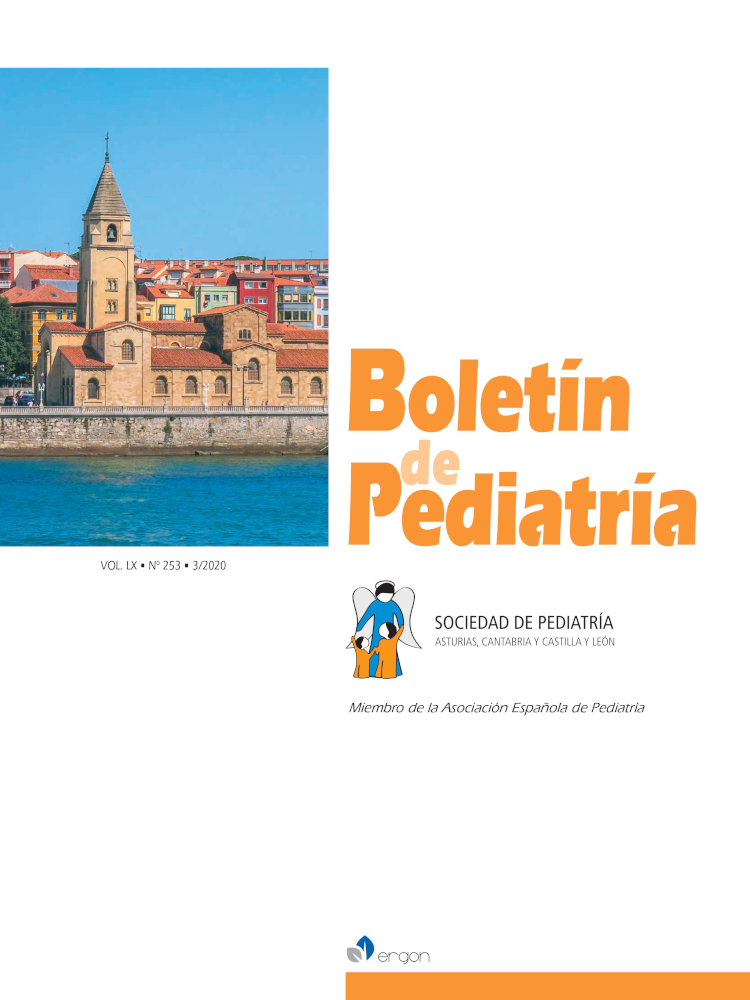Abstract
Introduction. Down syndrome is a chromosomal alteration where most cases are caused by the presence of an extra copy of chromosome 21. Children with this type of disorder are commonly affected by recurrent respiratory conditions, which is due to the phenotypic and immunological characteristics present. Objective. Performs the review and description of the most common respiratory manifestations in the child with SD in a cohort of 67 patients evaluated and monitored at the pediatric specialty hospital of Tuxtla Gutiérrez, Chiapas, Mexico. As well as the anatomical, immunological and physiological factors that predispose them, by searching for articles published in PubMed, Google academic, Scielo and EBSCOHost. Conclusions. Respiratory conditions are of multifactorial origin. These are due to phenotypic predisposition of skull-facial, laryngeal, pulmonary alterations, and immune state disturbances. So prevention is extremely important to avoid them. Multidisciplinary follow-up is of paramount importance in order to intentionally carry out comprehensive monitoring that allows these children to enjoy an excellent quality of life.

This work is licensed under a Creative Commons Attribution-NonCommercial 4.0 International License.
Copyright (c) 2020 Boletín de Pediatría
